China's National Cultural Heritage Administration announced on Wednesday the discovery of a relatively well-preserved ancient human fossilized skull from the early Paleolithic period, believed to be the most intact specimen from homo erectus of that age found in inland Eurasia so far.
In 1989 and 1990, the first and second such skulls, dating from 800,000 to 1.1 million years ago, were unearthed at an early Paleolithic period site in central China's Hubei Province. The fossil skulls are believed to belong to homo erectus and were named "Yunxian Man."
The new fossil, named "No. 3 Skull of Yunxian Man," was discovered about 35 meters from the excavation location of the first two skull fossils, with similarities in terms of burial environment and the technical characteristics of their companion stone artifacts.
Archaeologists have carried out systematic excavations at the site since 2021, which led to the new discovery. Part of the new skull has been unearthed, with no obvious deformation visible so far.
Experts said that the new discovery will provide important evidence showing the evolution of homo erectus and its origin and development in China and East Asia.









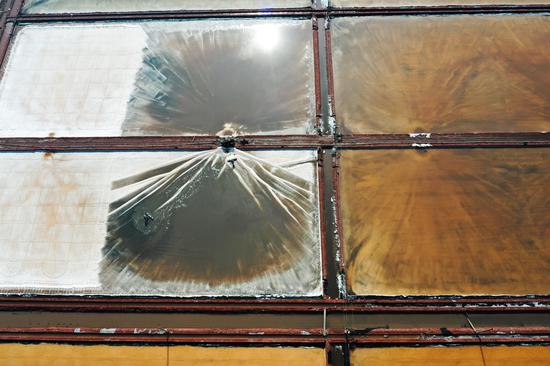





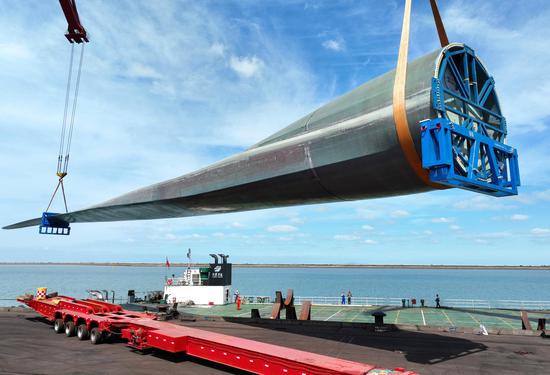








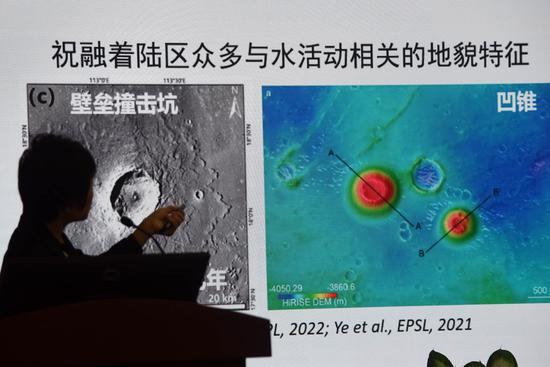
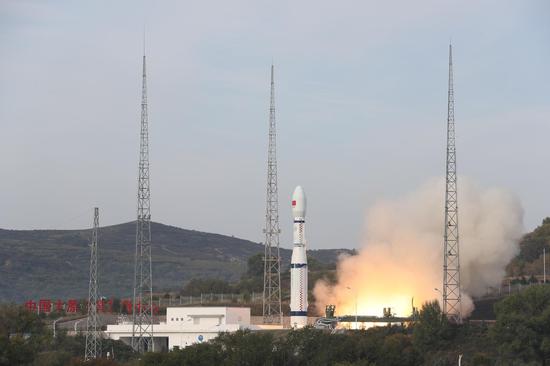







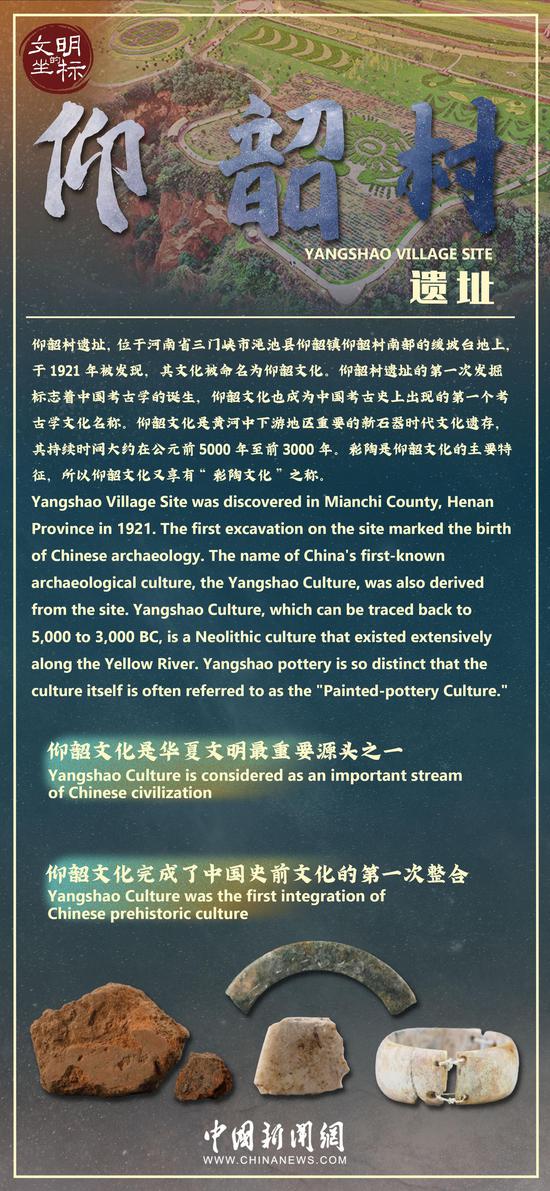
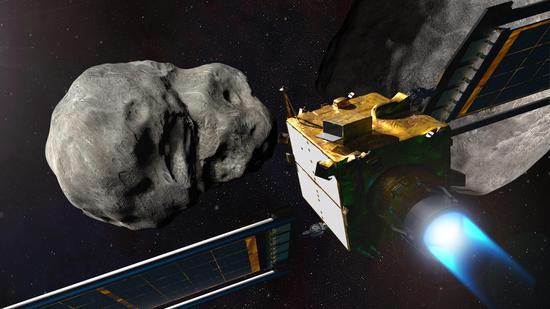



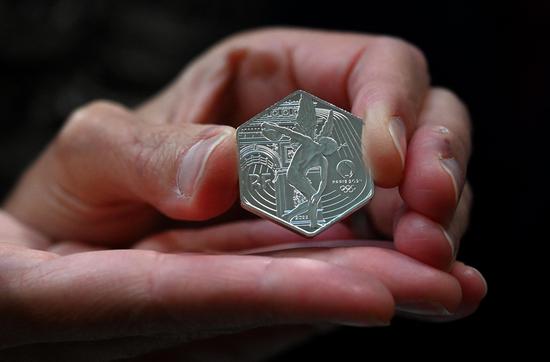




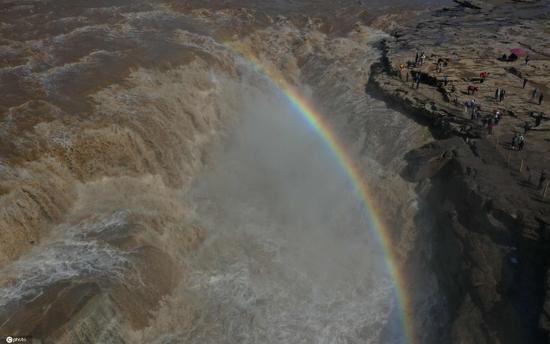
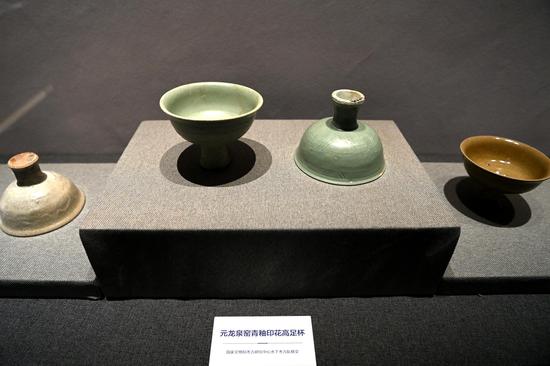





 京公网安备 11010202009201号
京公网安备 11010202009201号